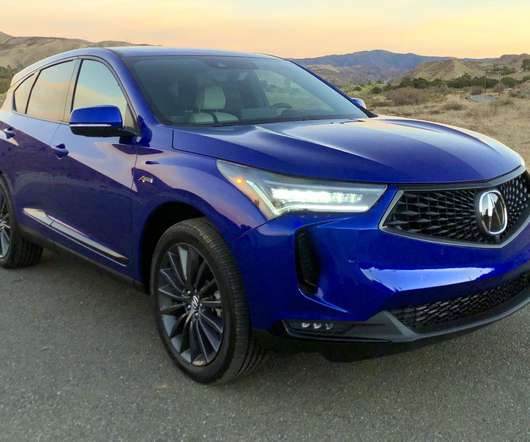EPA Proposes Transport Rule to Cut Pollution from Power Plants in 31 States and DC; New Approach for Pollution Reduction
Green Car Congress
JULY 6, 2010
The proposed Transport Rule sets in place a new approach that can and will be applied again as further pollution reductions are needed to help areas meet air quality health standards, EPA says. standards established in 2006 and the 1997 annual PM 2.5 NO x emissions would drop by 52%.


























Let's personalize your content